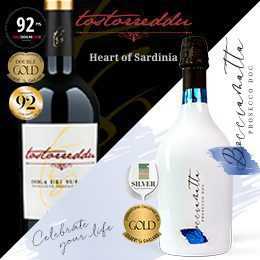Located in Umbria, the green heart of Italy, the village of Gubbio rises on the slopes of Mount Ingino in the north-eastern part of the region, on the border with the region Marche. Also known as the gray city for the blocks of limestone with which it was built, it is one of the medieval village most characteristic and well preserved of Central Italy.
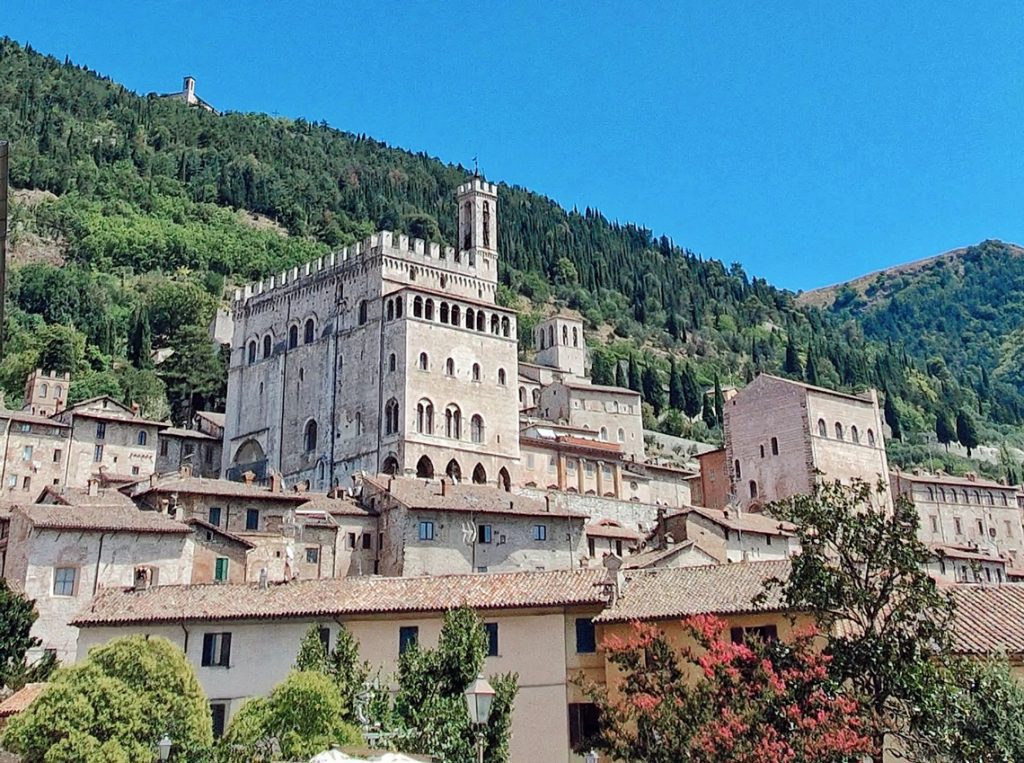
The narrow streets colored by flowers and plants, the bell towers, the stone houses and bridges that connect the entrances of the houses, the medieval flags of each district hung on the walls, seem to come straight out of the past. When visiting it you will feel that here time seems to have stopped. The oldest center of the city is still surrounded by a four kilometers long impressive medieval wall. Not without reason Gubbio is considered the quintessence of the medieval Umbrian city.
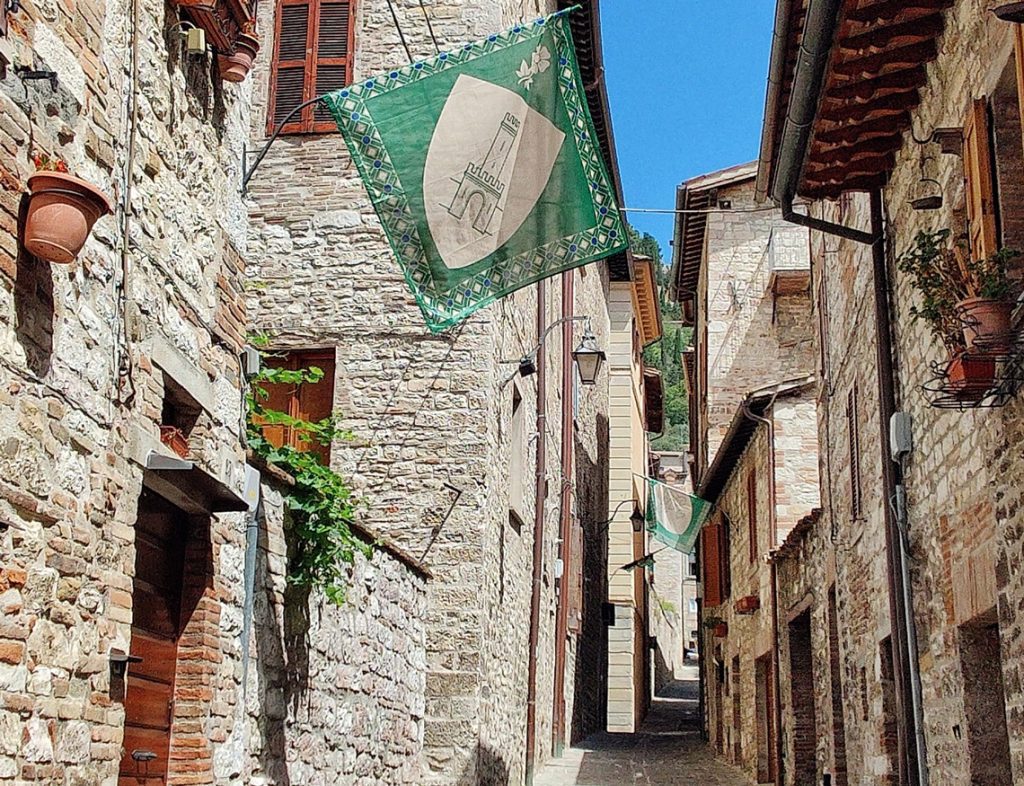
Gubbio’s roots are ancient. The city was founded by the Etruscans in the 3rd century B.C. and was named Tota Ikuvina. It was a centre for the preroman Umbri civilisation — contemporaries of the Etruscans, who ruled over Tuscany, Lazio and western Umbria.
Things not to be missed in Gubbio
Note: parking lots on the lower part of the city allow you to leave the car and start the climb to discover the most evocative corners of the village. The city is built on multiple levels consisting of 5 streets of different heights, but thanks to a system of escalators you can move easily among them.
Marvel at the “suspended square” Piazza Grande and Palazzo dei Consoli
Our first stop is Piazza Grande, the true heart of Gubbio, which can be reached either on foot by going up the streets of the medieval old town or by taking the elevator in Via Baldassini.
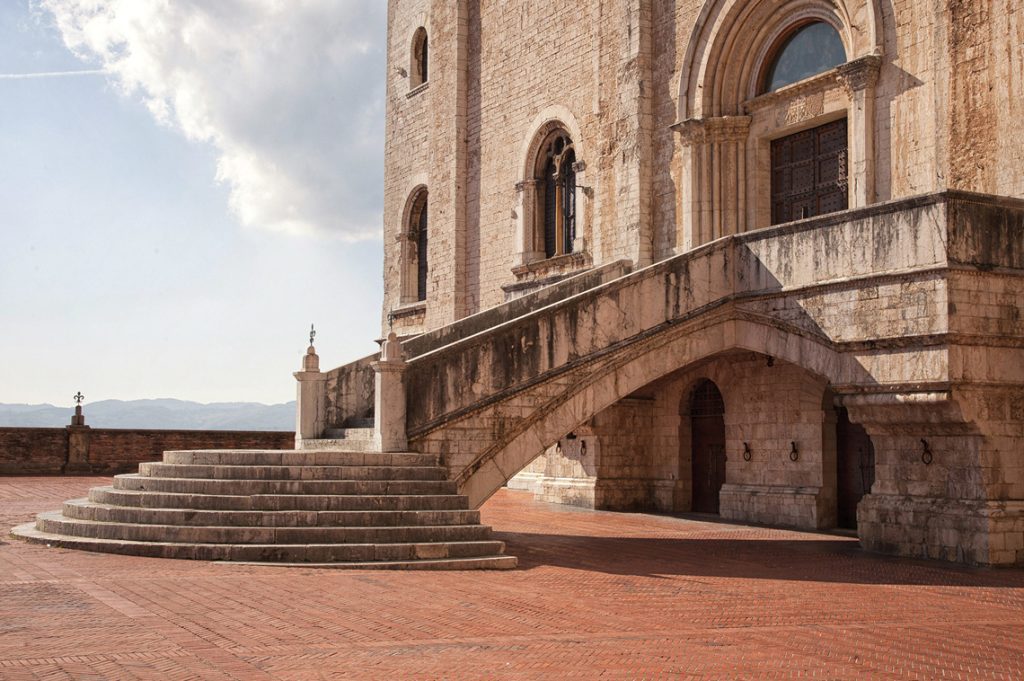
The huge hanging square that is supported by the arches from below is an architectural marvel of the medieval age. This place is certainly a privileged point from which to admire the harmony of the roofs and buildings of the historic districts, the beautiful views over hills and the green Umbrian countryside.
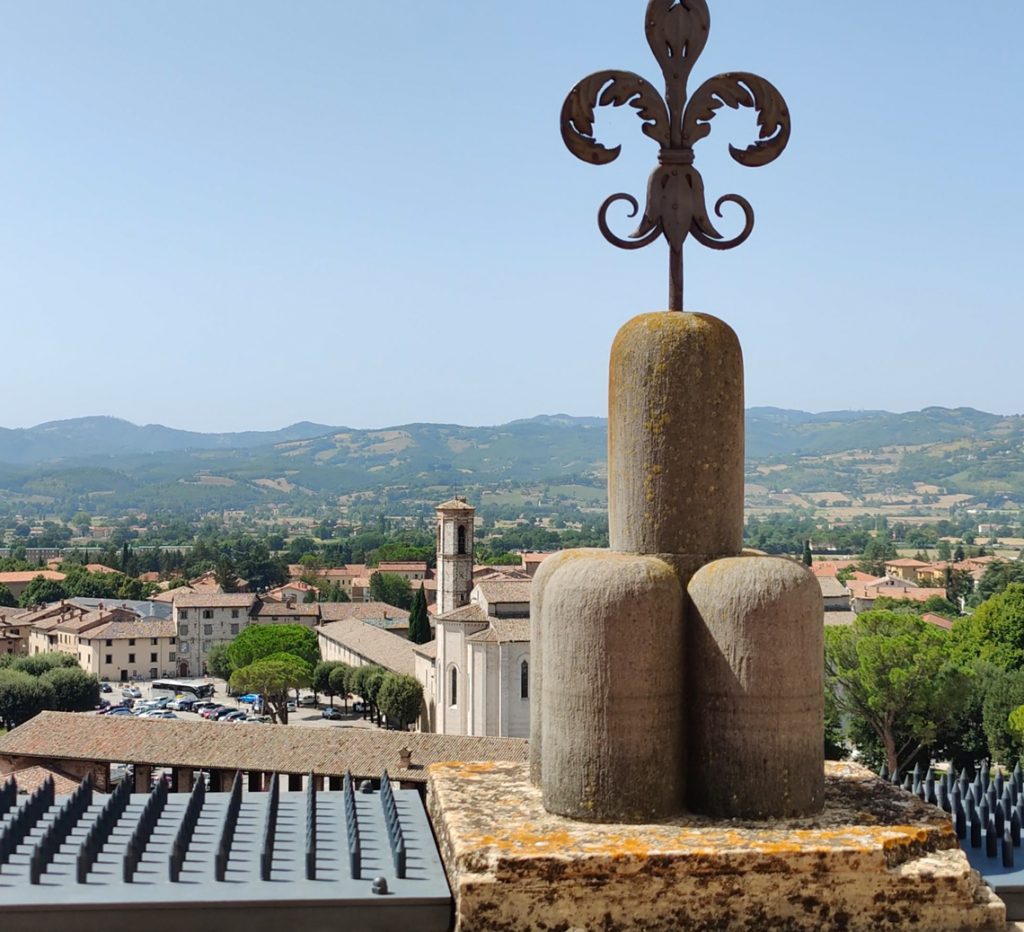
I warmly suggest to save time to visit the interior of Palazzo dei Consoli, one of the most iconic medieval buildings in Gubbio, dating back to 1332 which houses the civic museum of Gubbio organized on several levels and rich in treasures. Among its masterpieces you can admire the precious Eugubine Tables and the seven bronze tables found in the 14th century in the area of the Roman Theater.
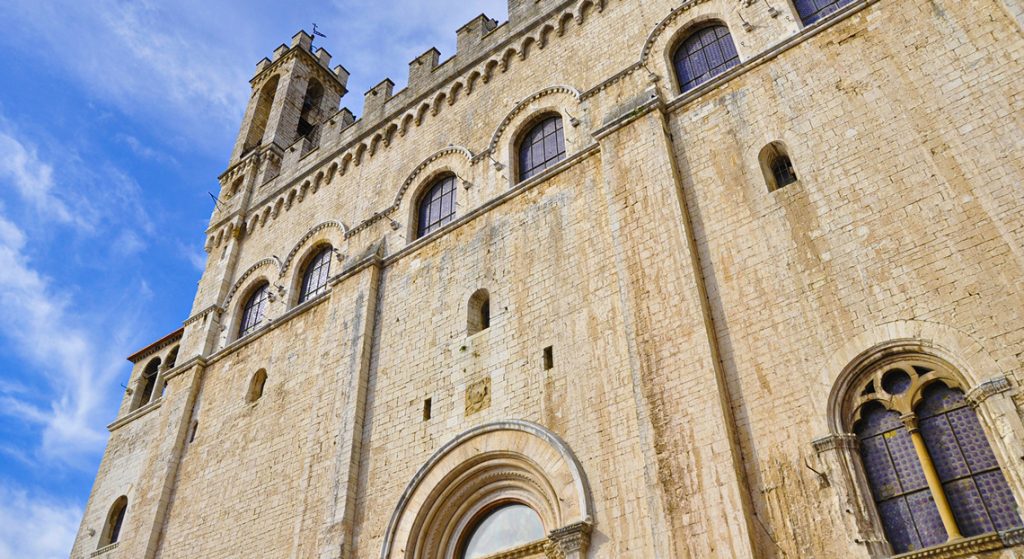
Visit Duomo and Palazzo Ducale
At the highest point of the town — which can be reached by an elevator — you find the Palazzo Ducale which in the Renaissance era was home to Federico da Montefeltro, the Duke of Urbino.
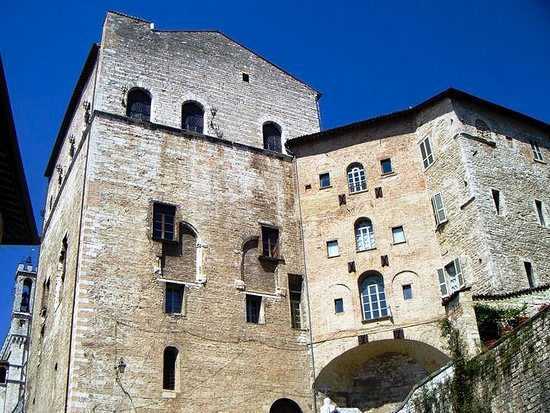
Directly opposite Palazzo Ducale there is the Duomo Cathedral dated back to the twelfth century and also known as the Basilica dei Santi Mariano e Giacomo Martiri, quite unusual church for Italy since it has not a square in the front. Predominantly gothic and rich in paintings of the Eugubini artists, it has a Latin’s cross plant with a single nave supported by 10 ogival large arches. The baroque chapel that opens in the middle of the right wall contains frescoes by Allegrini and a canvas (the Birth of the Virgin) by Gherardi. The rays of the sun passing through the large stained glass window of the apse make the colors of the Duomo so wonderful and, once in front of the altar, looking up, you will feel like you are under a starry sky.
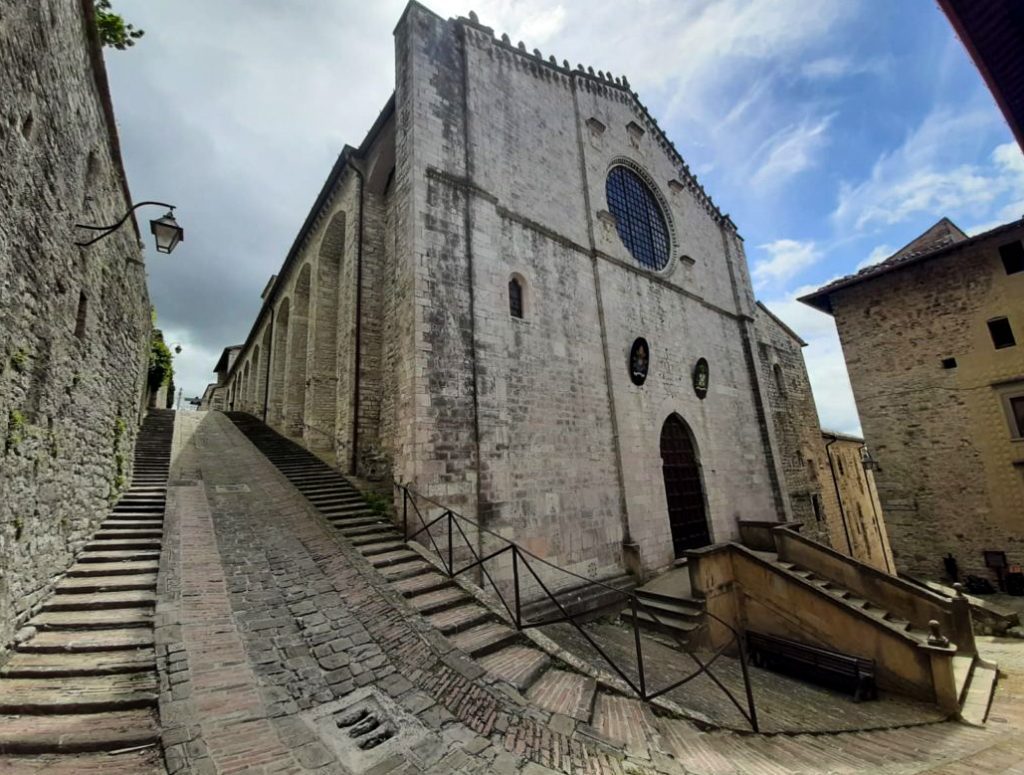
To return down to Piazza Grande just take one of the many alleys downhill and with a nice walk you slowly get down. Along the way you will find many typical restaurants and souvenir shops with beautifully made artisan products like ceramics, wood, leather, and wrought iron.
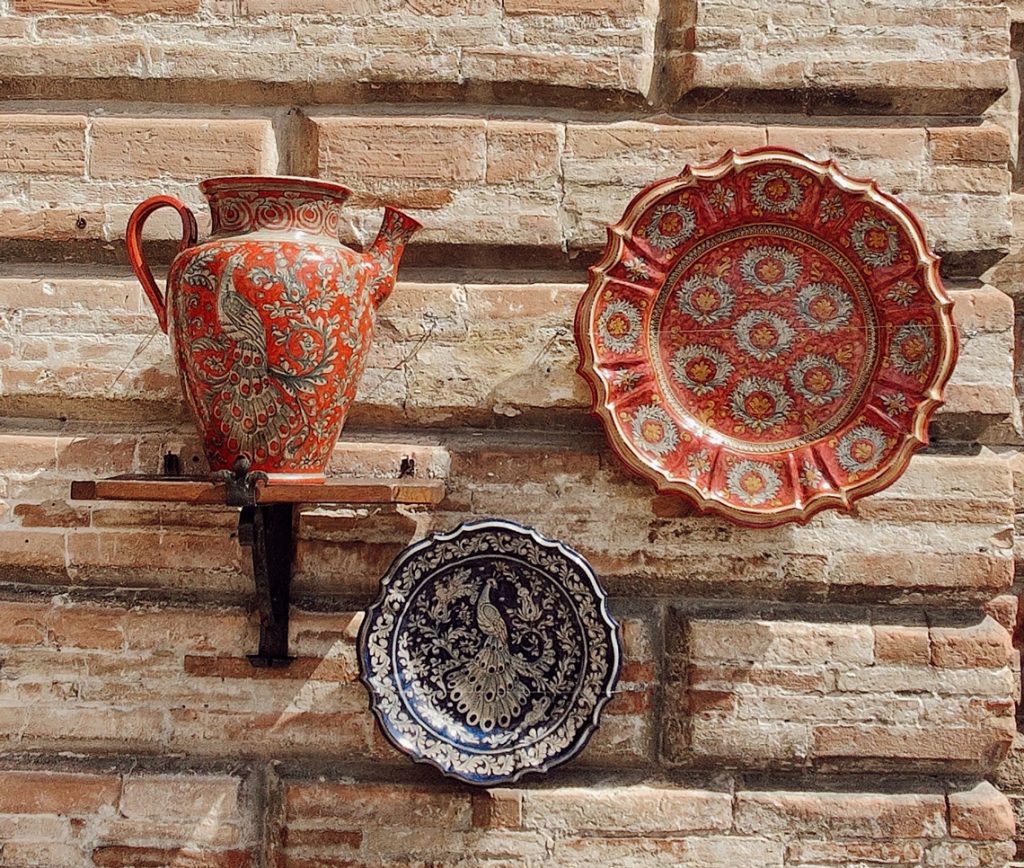
Visit Fontana Bargello (the Bargello Fountain) and get the “mad license”
Walking through the streets that connect the lower part of the city with the Piazza Grande, you come across a small clearing, Palazzo del Bargello, and in front of it the homonymous fountain The Bargello Fountain nicknamed as “the fountain of the madmen”.
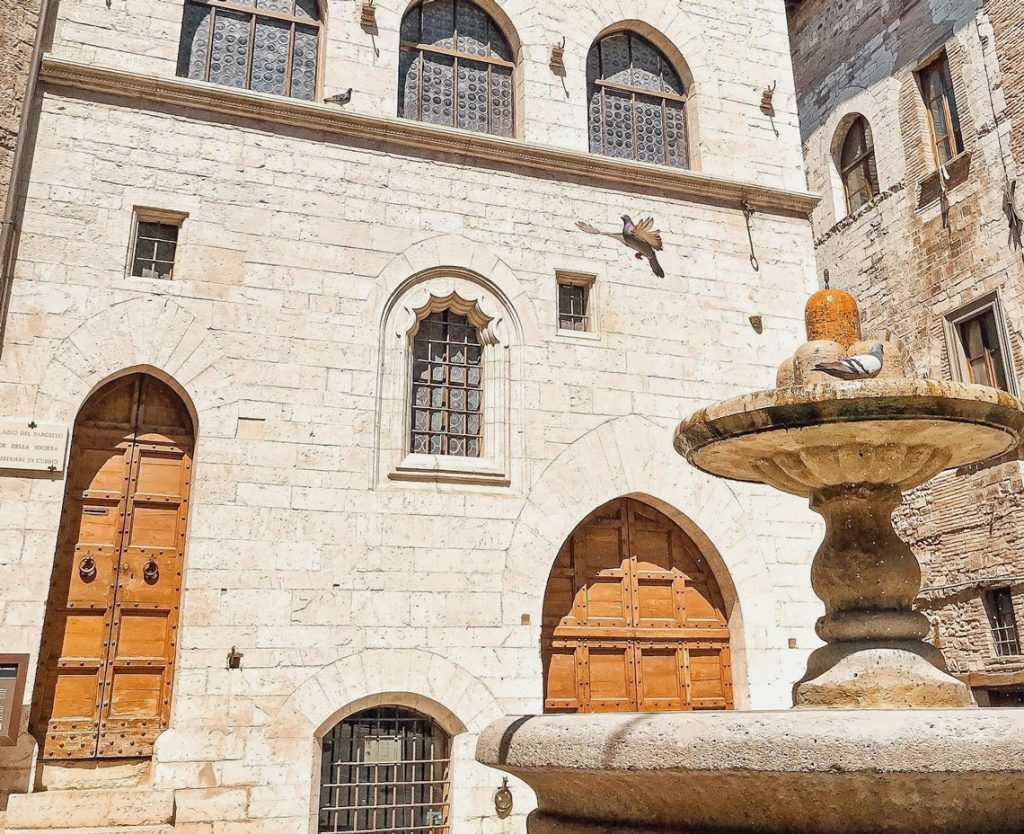
💡 Interesting to know:
Did you know that Gubbio is defined as the “city of madmen“?
The village took this title for the unpredictability of its inhabitants who describe themselves as being free thinkers, innovators and creatives. If it happen to visit Gubbio in May, when the city celebrates a special festival called “Festa dei Ceri”, a pagan ritual dated from medieval times, you will see the whole town going crazy.
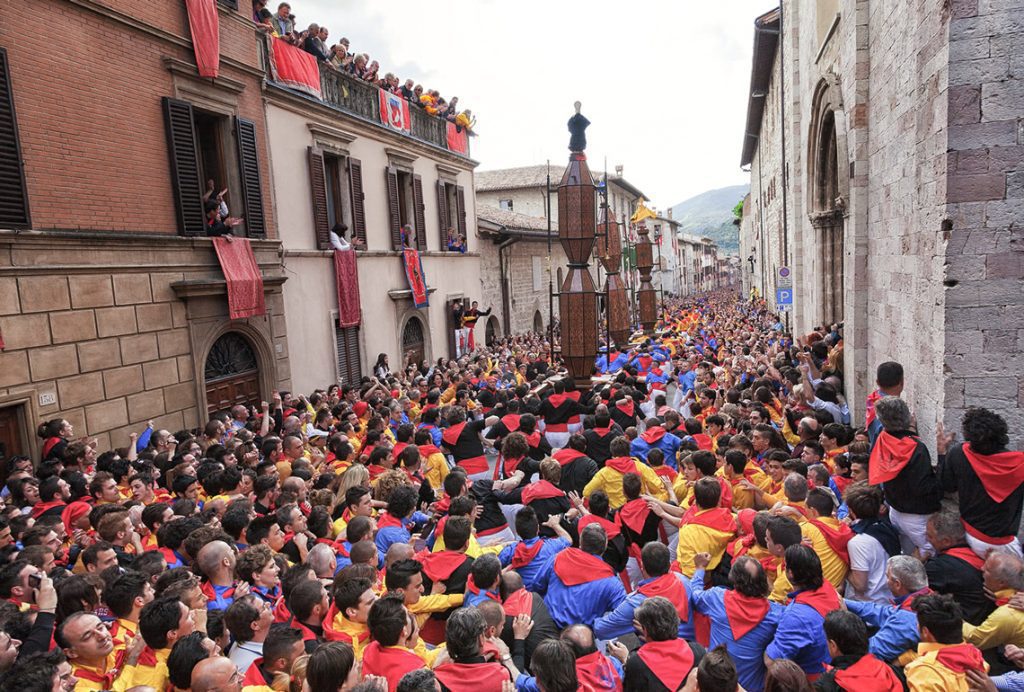
All the city of Gubbio participate to this feast and it is one of the most exciting in Umbria. Three enormous and heavy candles representing the Saints Ubaldo, Anthony and George are carried through the streets of the city. Just to give you an idea, the candle height is nearly 5 meters and the weight between 300-400 kgs. The view of the main square of Gubbio overcrowded by people is awesome.
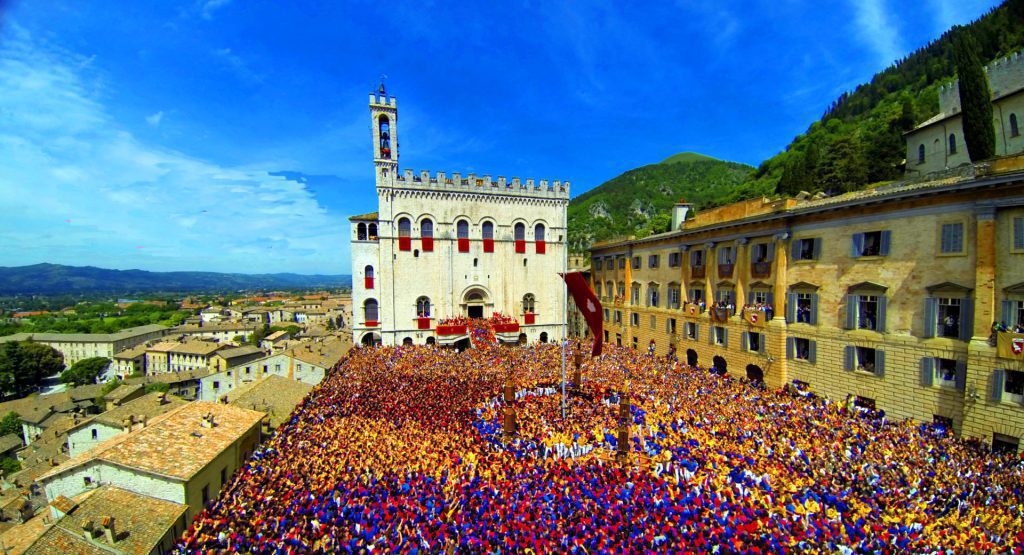
Even visitors, can get a “crazy” license by being baptized with the waters of The Bargello Fountain after making three turns around it. The souvenir-license can be purchased from the store next to the fountain.
Ride a cable car Funivia Colle Eletto
If you love breathtaking views and unusual experiences, I suggest you heading to the Funivia Colle Eletto in via San Girolamo. The cable car allows you to reach the top of the hill in a few minutes and admire the village of Gubbio from above on the way. A must-try experience if you can manage some vertigo.
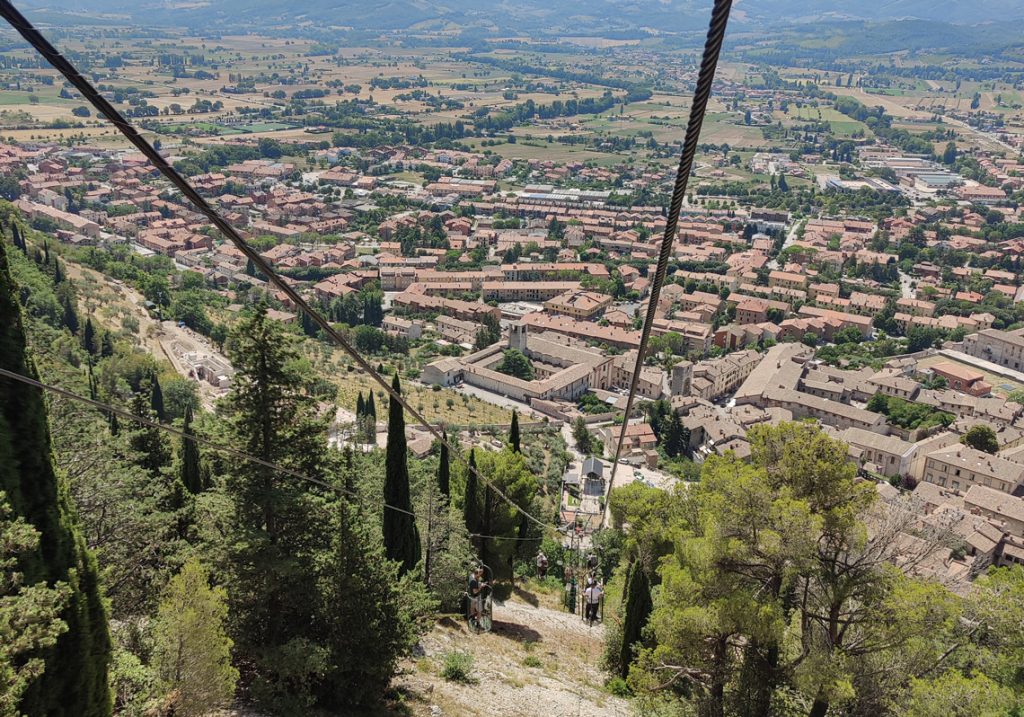
The cable car is composed of hanging by a ribbon baskets, the ride will give you an adrenaline rush. Once you arrive, you can do a short trekking that takes you to the Basilica of Sant’Eubaldo where the famous Ceri are kept. Inside the Basilica you find several paintings and beautiful stained glass windows depicting scenes of the Saint’s life.
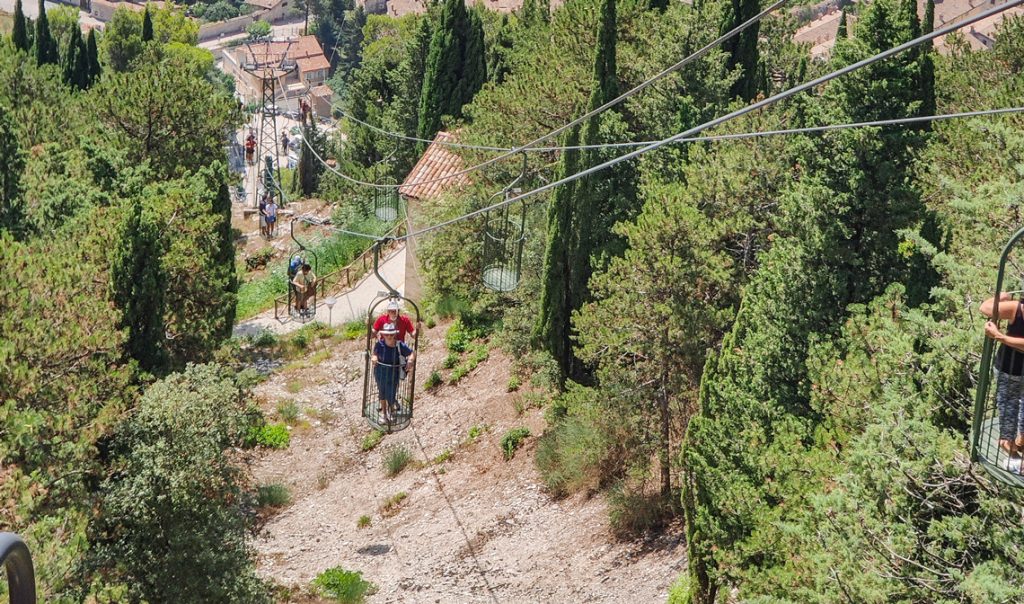
Tickets cost: 6 euros for round trip, 4 euros for the only ascent.
I advise you to use it for round trip, the descent is the most spectacular. The Basilica of Sant’Ubaldo is located in Via Monte Ingino, 5 and has free admission.
There’s also a restaurant and bar at the top of the hill.
Visit the Roman Theatre and the Antiquarium
To the south of the city center there is the Roman Theatre of Gubbio, one of the most fascinating testimonies of the Roman times scattered in the Umbrian territory.
At the time of its construction, it is estimated that the theater was among the most capacious of its time and could hold up to 6000 spectators. To understand the importance, just think that the famous Roman Theatre of Pompeii built in the same period countained up to 5000.
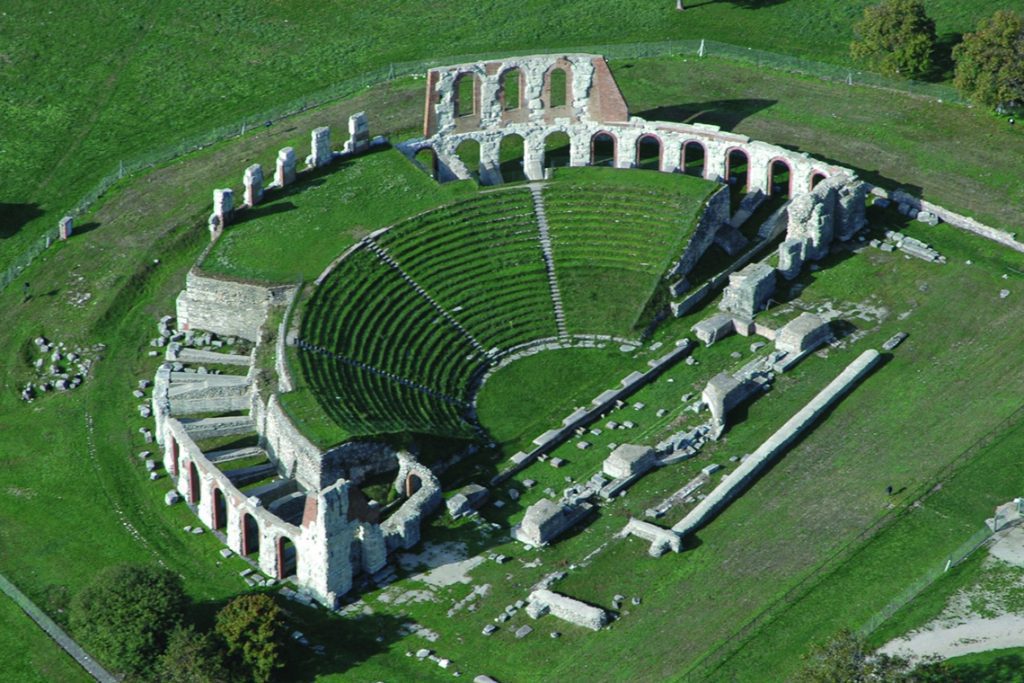
Built in the middle of 1st century B.C., originally the Theater had two rows of arches and was built with large limestone blocks worked in rustic ashlar. Today remain only the lower lever and some arches corresponding to the upper.
Still today in the ruins of the Umbro-Roman theater are used for concerts or performance venues.
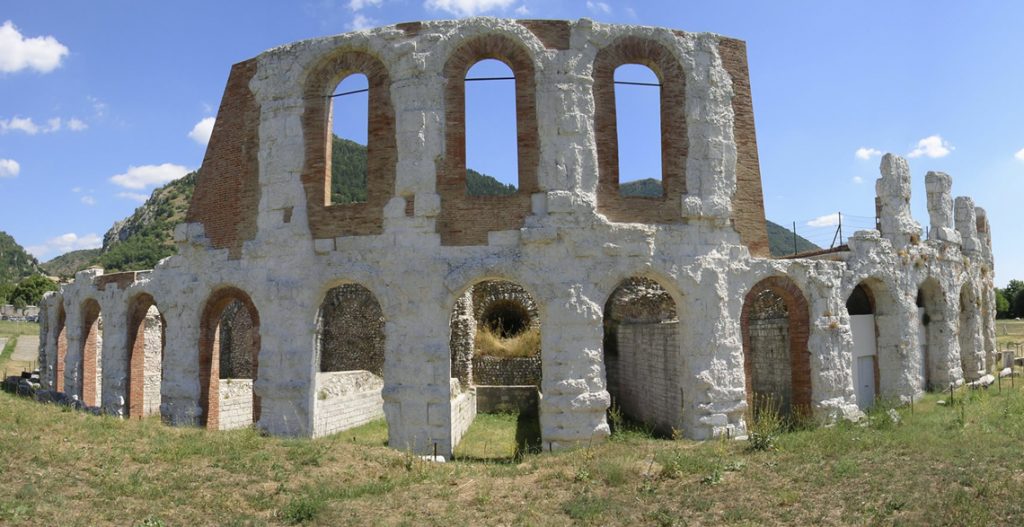
Taste the Cresia of Gubbio
After you’ve worked up an appetite, what better occasion to taste the famous Crescia?
The crescia of Gubbio, also known as the cake al Testo, is a typical bread baked in a cast-iron pan, served with local foods such as cured meats, cheeses and truffles.
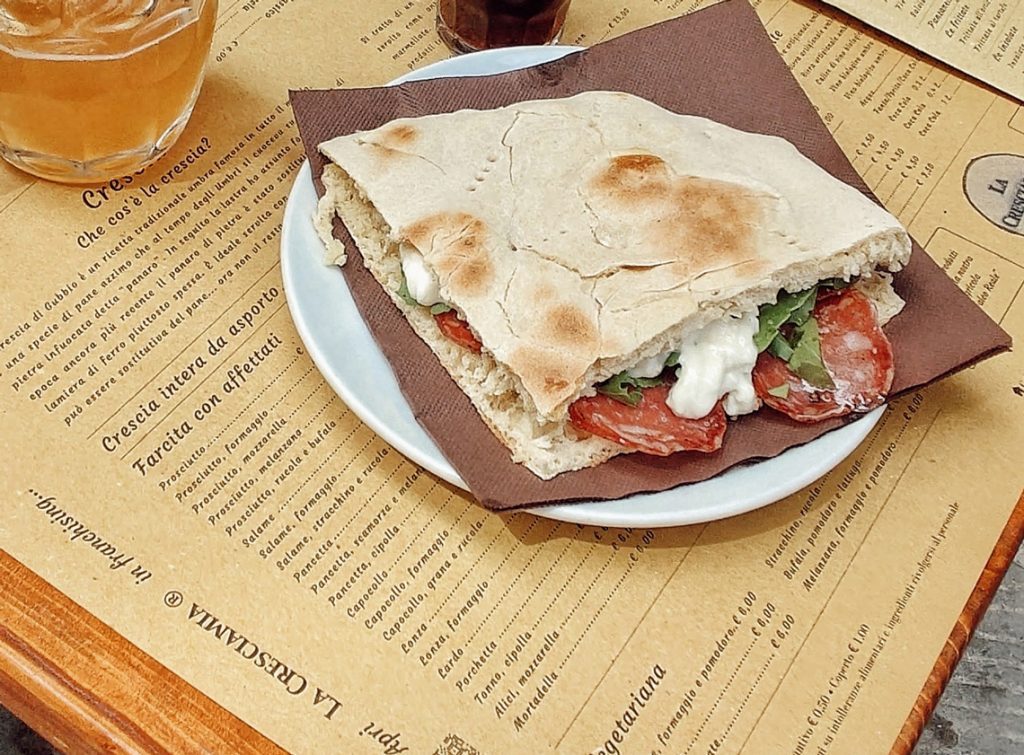
The perfect place where to taste crescia with lots of fillings is La Cresciamia.
It is a local place, with rustic and traditional setting, menu features exquisite local specialties. All really delicious!
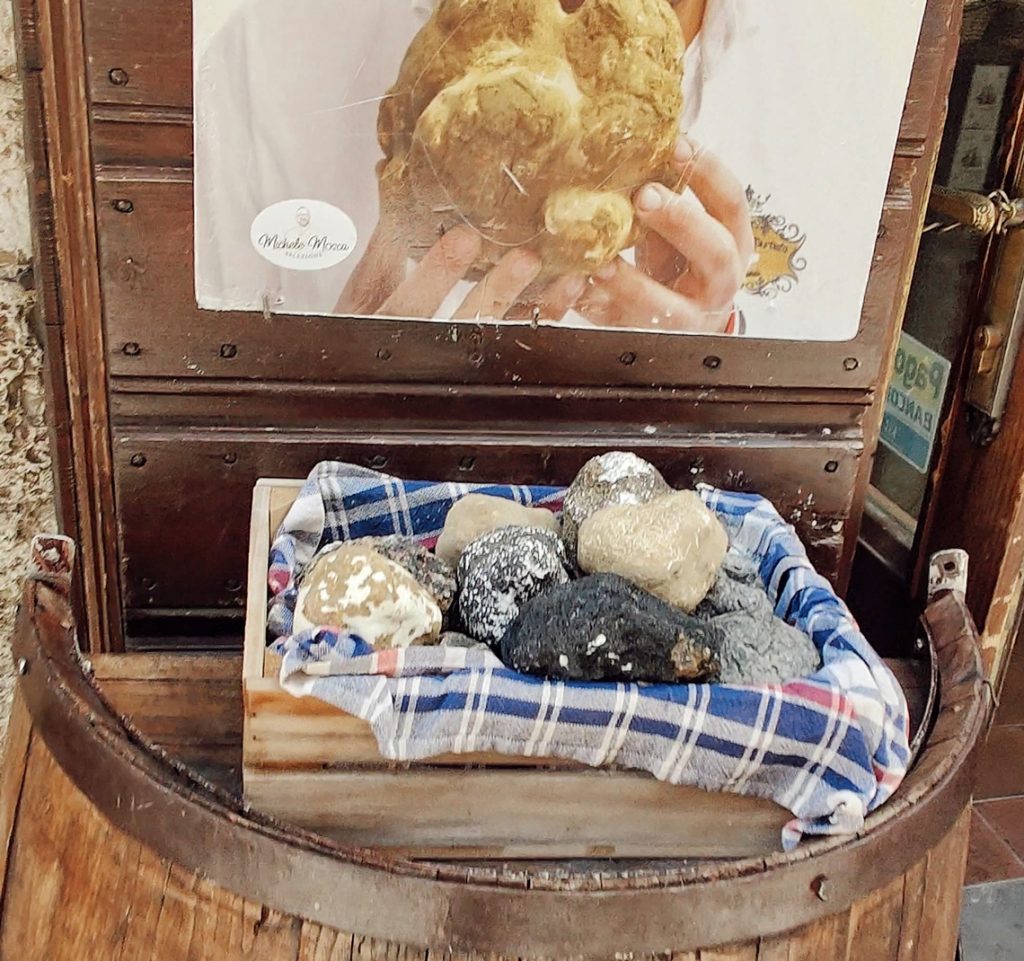
Besides crescia, Gubbio’s local delicacies include strangozzi al tartufo (similar to spaghetti but a little thicker and in the dough is usually added the truffle to make them even more tasty), friccò di Gubbio (a stew of chicken, rabbit and lamb meat cooked in white wine and broth), local cheese and salami.
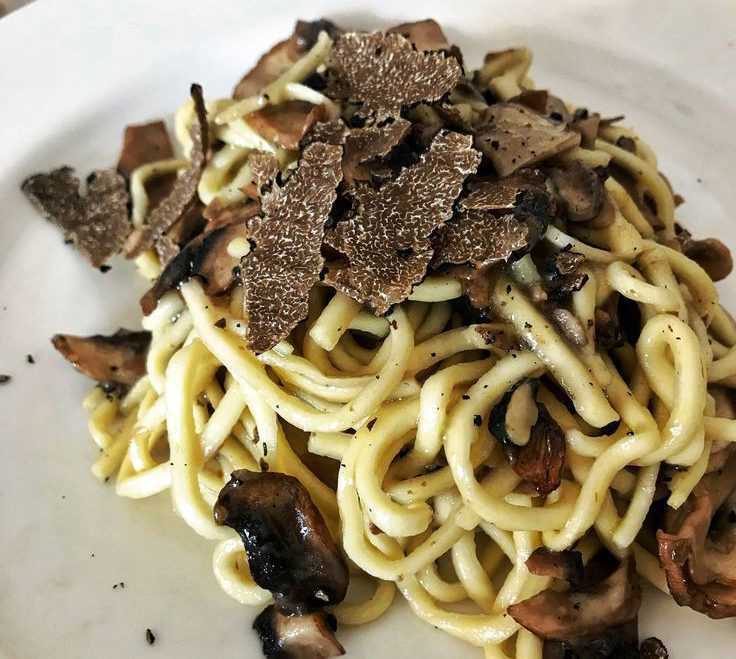
As for the typical desserts, I advise you to taste the Ganascioni of the Sisters of Saint Lucia which have to be tasted drinking the Barcarolle (barley coffee and anisette).
💡 Interesting to know:
Gubbio is beautiful to visit in every season of the year. If you happen to visit it during the Christmas period in addition to the markets that enliven the streets of the center, here is lit the largest Christmas tree in the world.
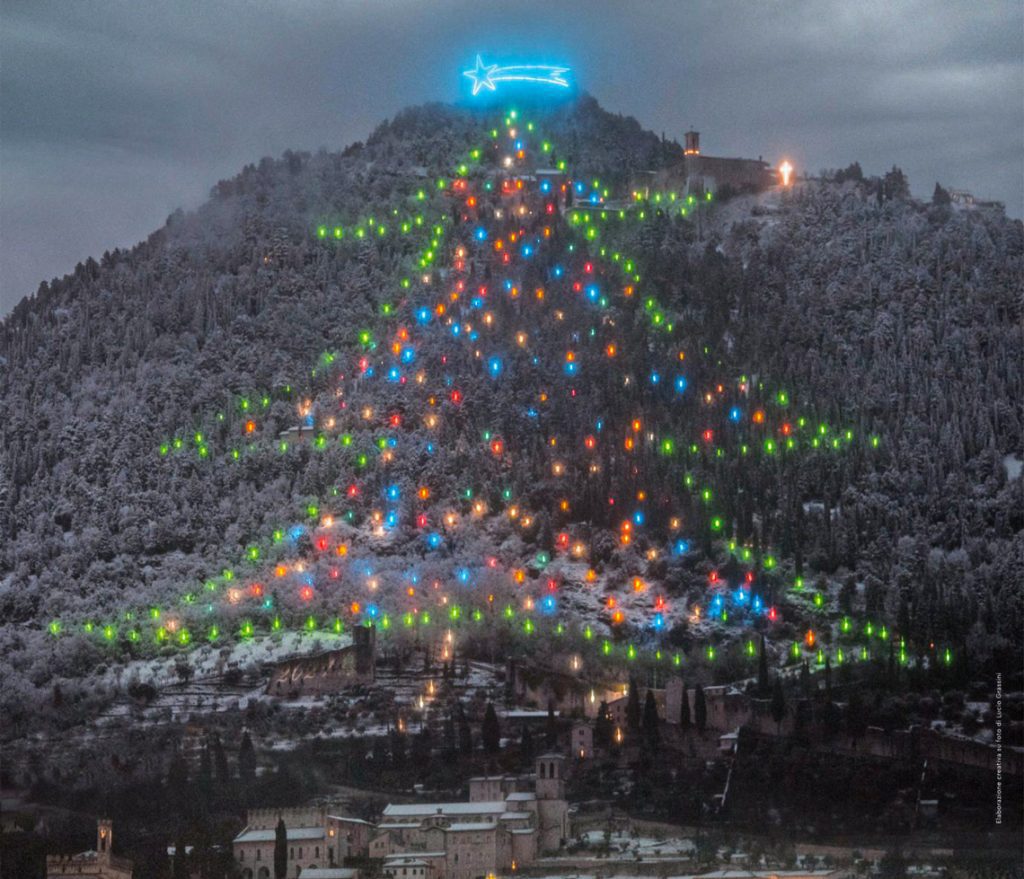
Enjoy your day trip to Gubbio!








